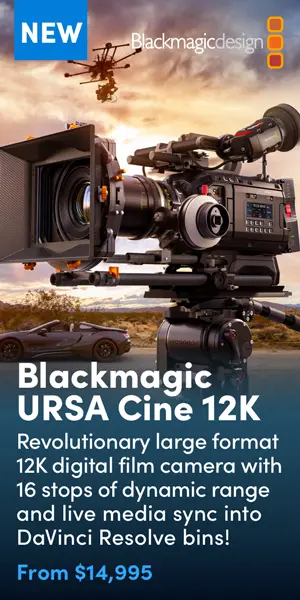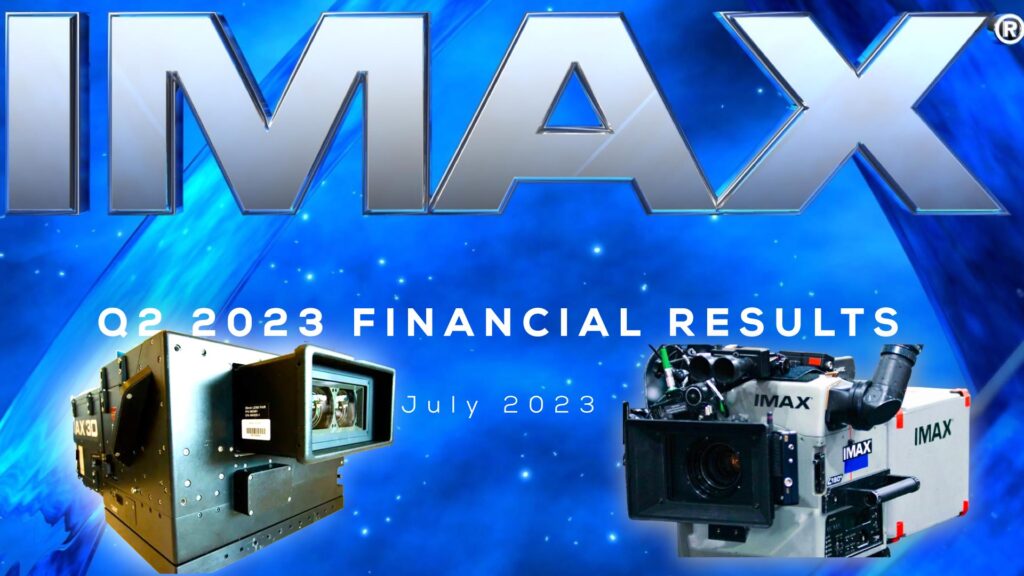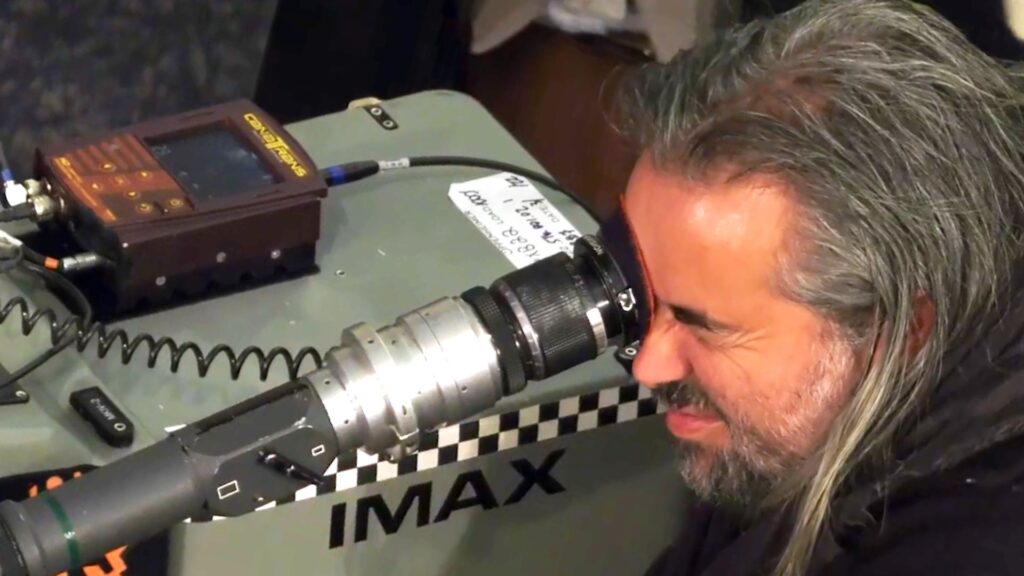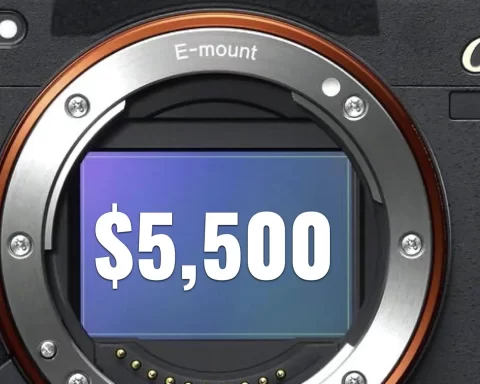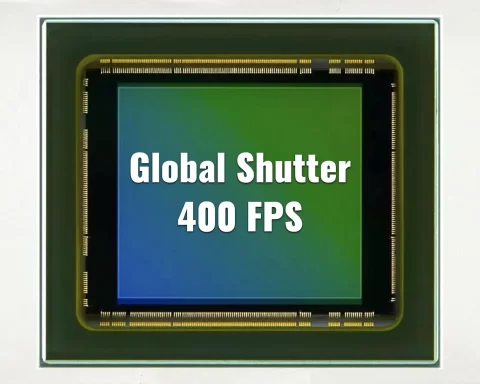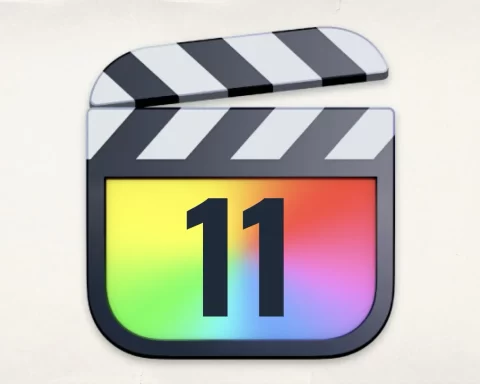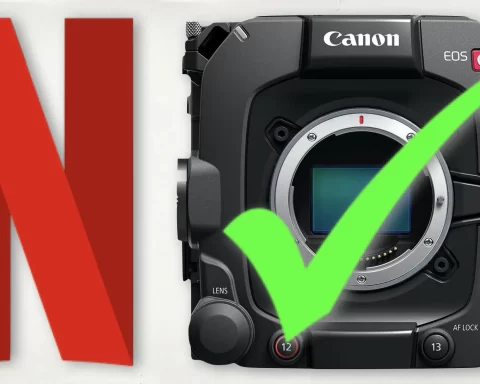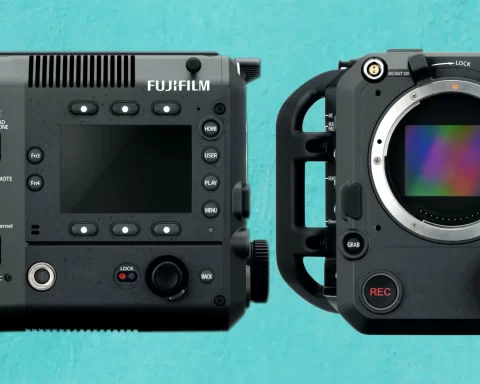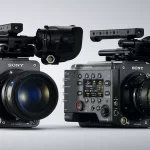The acclaimed award-winning VFX company DNEG, which made the VFX shots for Christopher Nolan’s Oppenheimer, sheds strong light on the VFX side of the movie. It appears that Oppenheimer contains more than 100 VFX shot elements (which is nothing), in order to help visualize the Atomic explosion phenomena.
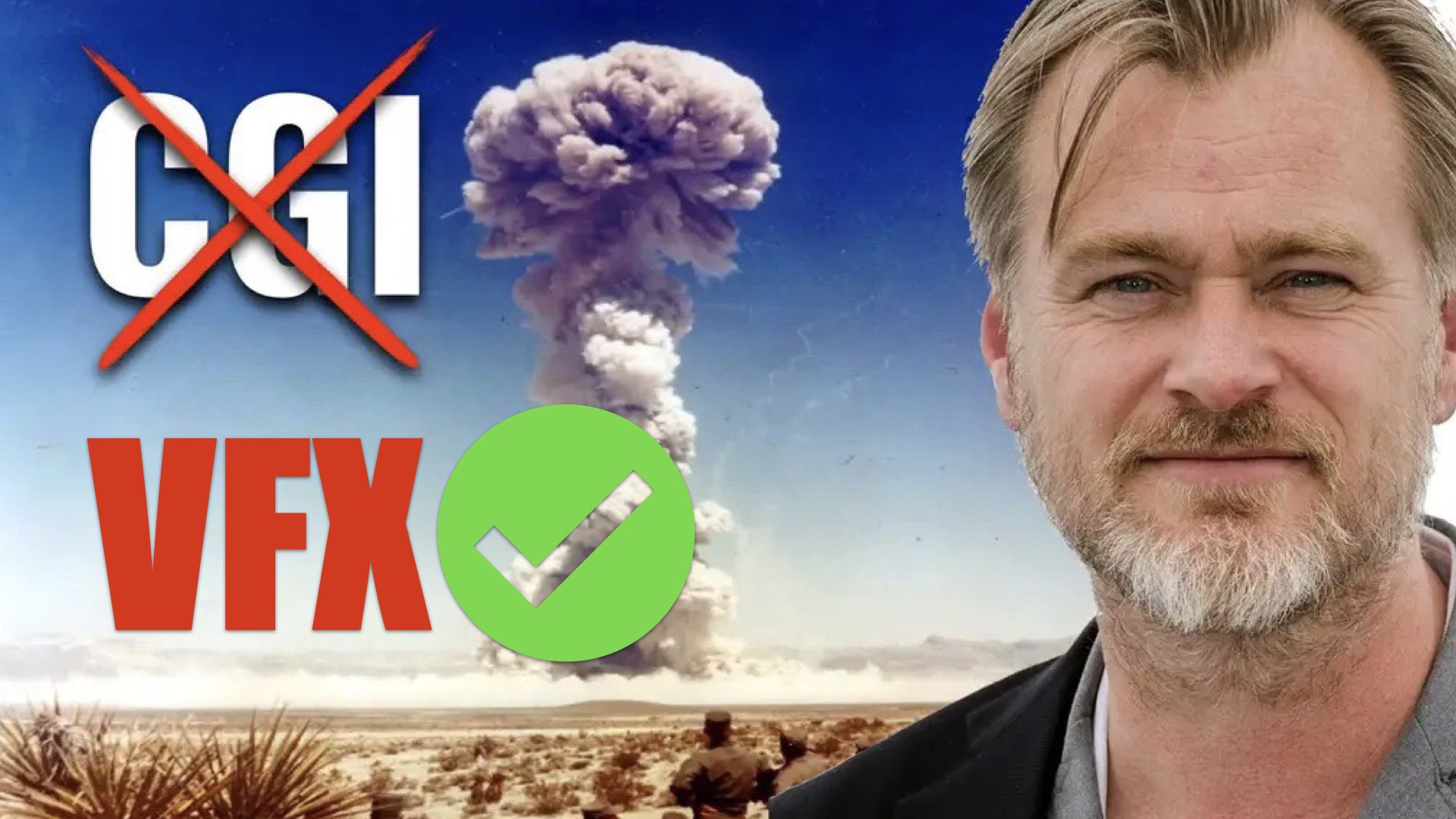
More than 100 VFX shots in Oppenheimer
As the film’s sole VFX partner, DNEG delivered over 100 shots on Oppenheimer, crafted from more than 400 practically shot elements – across some of the film’s most important and explosive sequences. DNEG team had to visualize physical phenomena ranging from subatomic particles and huge nuclear blasts to astronomical exploding stars and black holes forming. The pick was on VFX stitching assembling and helping with the Trinity test creation.
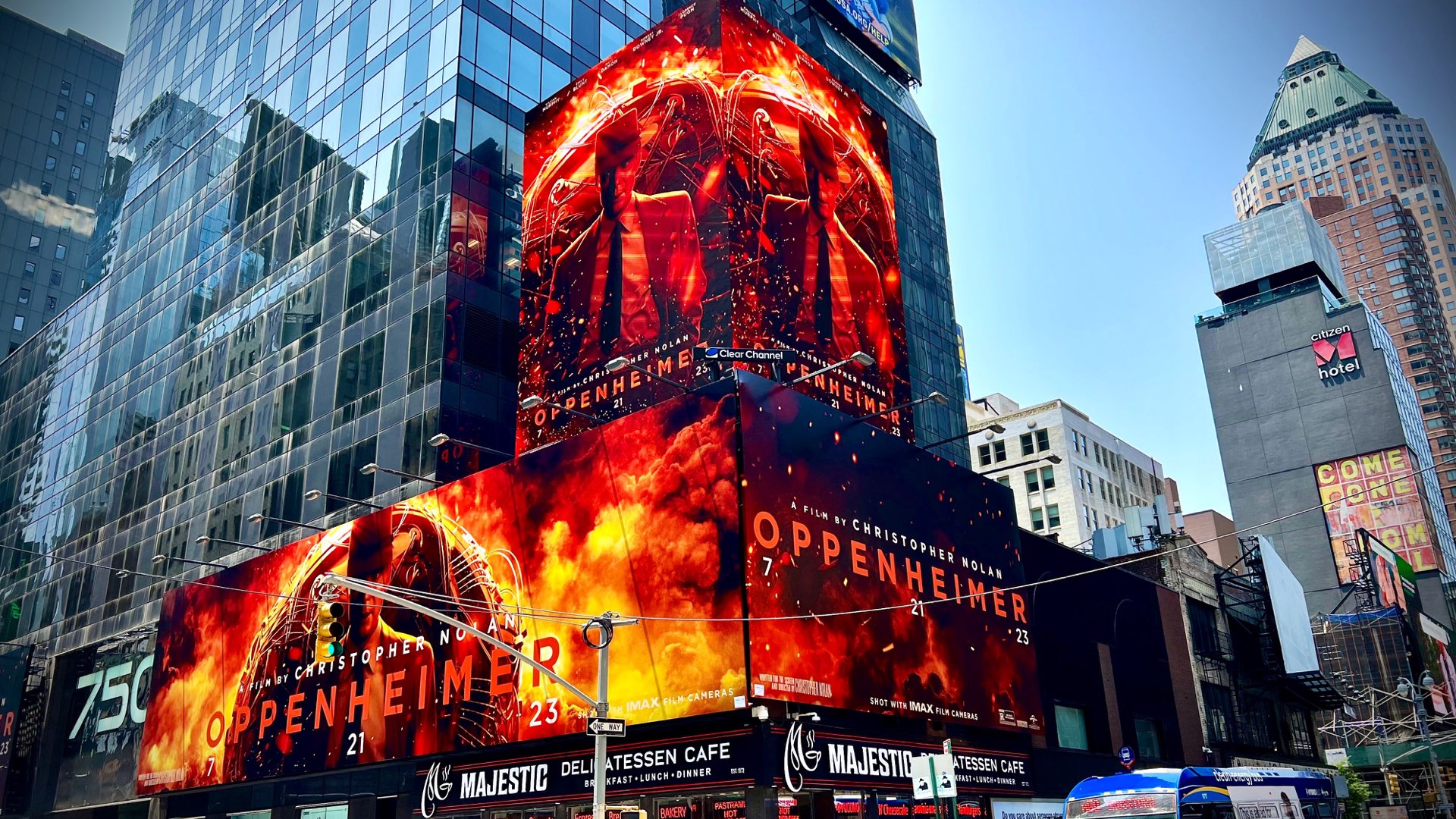
No CGI: Based on practical effects
As described by DNEG: “The team embraced old-style practical effects techniques and compositing treatments to create the VFX shots in the movie by combining together only real elements, without any reliance on CGI. Thus, it confirmed what Nolan has said before —that Oppenheimer has zero CGI shots. Furthermore, 100 VFX shots are considered a portion of what it’s expected in this kind of movie. For instance, Top Gun: Maverick which was proudly stated that it was based on practical shots, seemed to have more than 2,000 VFX shots. Hence, 100 VFX shots in Oppenheimer constitute a solidly modest amount.
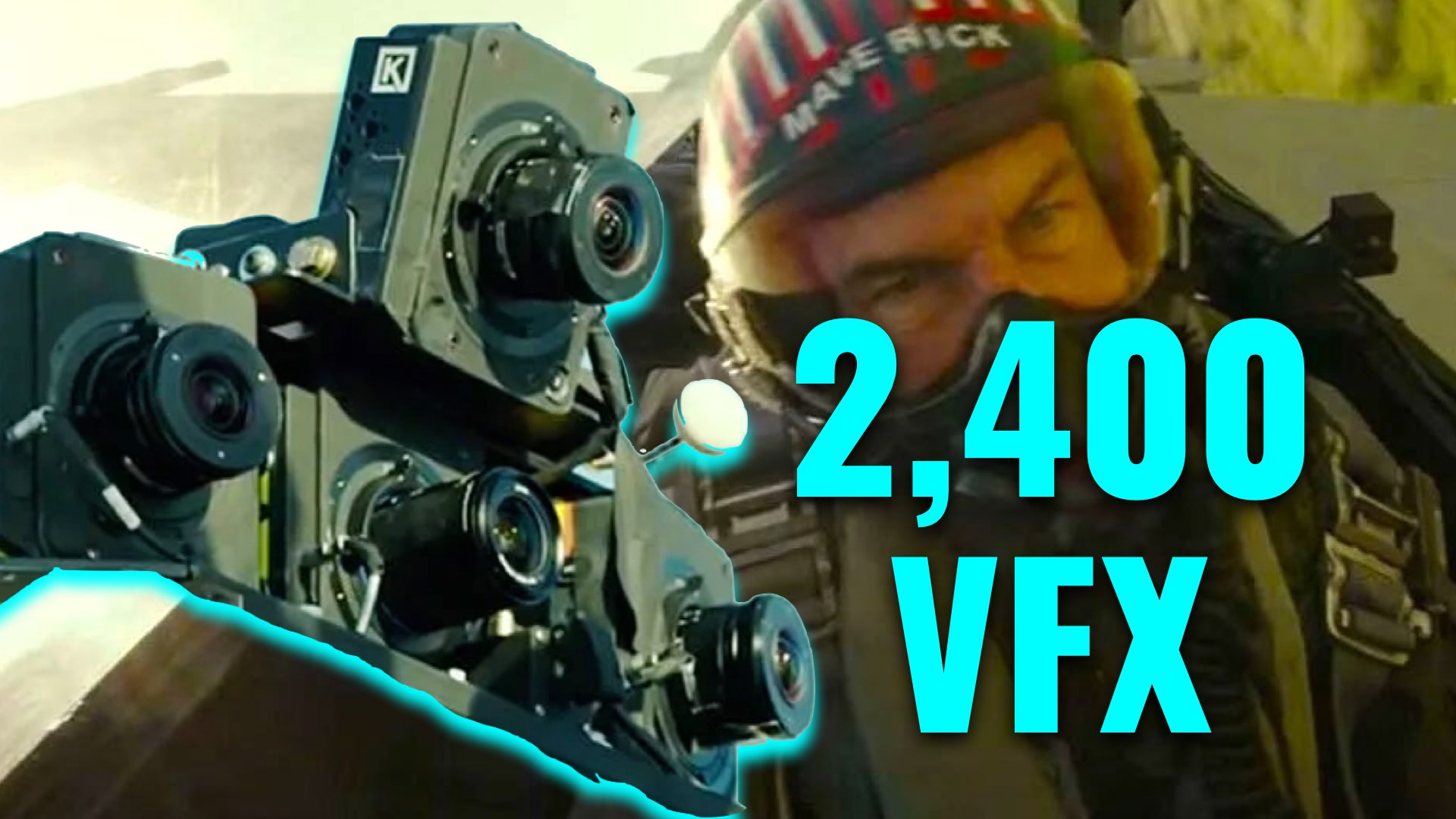
Highlights for the DNEG team included:
- Compositing together live-action elements created from multiple practical experimentations, inspired by the subatomic world of electrons, protons, and neutrons.
- Recreating the first nuclear tests by combining multiple practical simulations, from huge explosions to miniature effects, to show the scale of an atomic blast without actually being able to film one.
- Compositing together practically filmed pyro and particle elements to show how stars and suns are born and die, the creation of black holes, and how atomic explosions are smaller versions of these occurrences.
- As it sounds super intriguing, it’s also very undefined. We’ve reached DNEG for more info regarding the explanation of how those VFX were implemented without any CGIs, but were declined for the answer —“Unfortunately, we are unable to move forward with an interview. Apologies for the inconvenience”, there said. Nevertheless, VFX can be implemented regardless of CGI utilization.
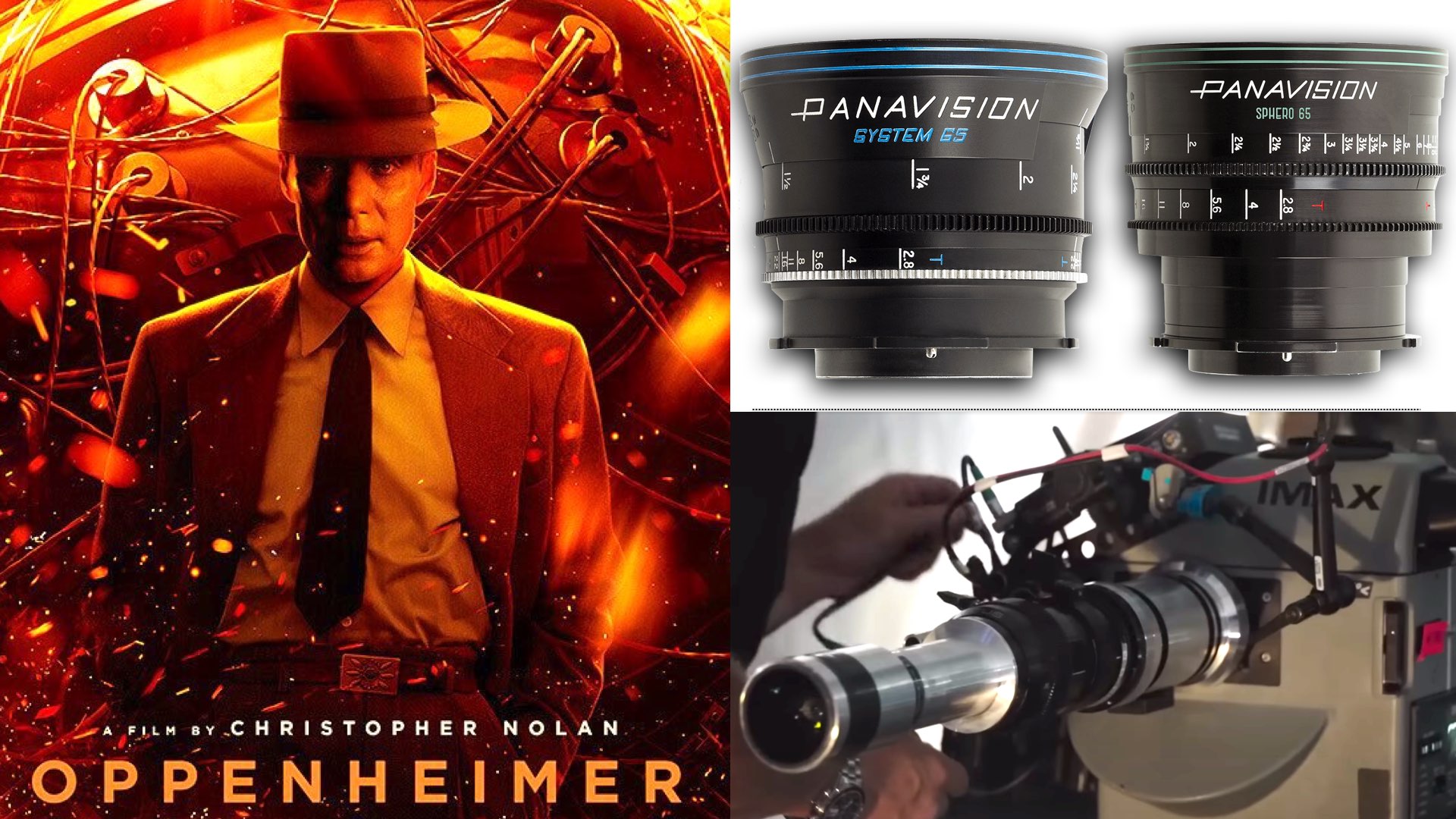
VFX vs CGI
Just a basic explanation about the key differences between VFX and CGI: Computer-generated imagery (CGI) is a style of animation or illustration that relies on computer programs to create characters and motion. Visual effects (VFX) focuses on adding effects to existing imagery or film. VFX professionals may use computer-generated imagery but put more focus on blending their work into the existing visuals. This blending takes place during post-production, but visual effects artists may have input into filming or animation during production to better add visual effects during post-production. Visual effects involve any kind of effect that is not shot directly in the camera and is created virtually in the post-production process. CGI involved meddling with 3D objects, a digital platform, and rendering out images of those objects. Hence, VFX can be applied without using CGI.
100 VFX shots are nothing
As explained, implementing 100 VFX shots crafted from more than 400 practically shot elements confirms that Nolan kept his promise running low in the VFX gas, capturing as much as he could, in-camera, and practically. But let’s remember that Oppenheimer is a dramatic movie rather than an action-packed movie. Nolan preferred to enhance immersiveness by utilizing new analog methodologies and shooting with IMAX film cameras and screening it on 70mm 1570 projectors and other high-end theaters. Therefore, all the VFX efforts have been concentrated on demonstrating quantum physics and the Trinity test. As we wrote before, It appears that in every movie, Nolan tried to reduce the amount of VFX. For instance, the Dark Knight (2008) featured 650 VFX shots, The Dark Knight Rises (2012) had 450, Inception (2010) around 500, and Dunkirk (2017) contained only 429 visual effects shots. However, Tenet had only 280 VFX shots, less than most romantic comedies. And now it’s a record! Only 100 VFX shots! But again, Oppenheimer is very different, and justifies the brag about practical and emotional cinematography, as compared to Tom Cruise who said the same with TGM but had more than 2,000 VFX shots. Haven’t seen Oppenheimer yet? You have 1 week left on seeing it on IMAX.

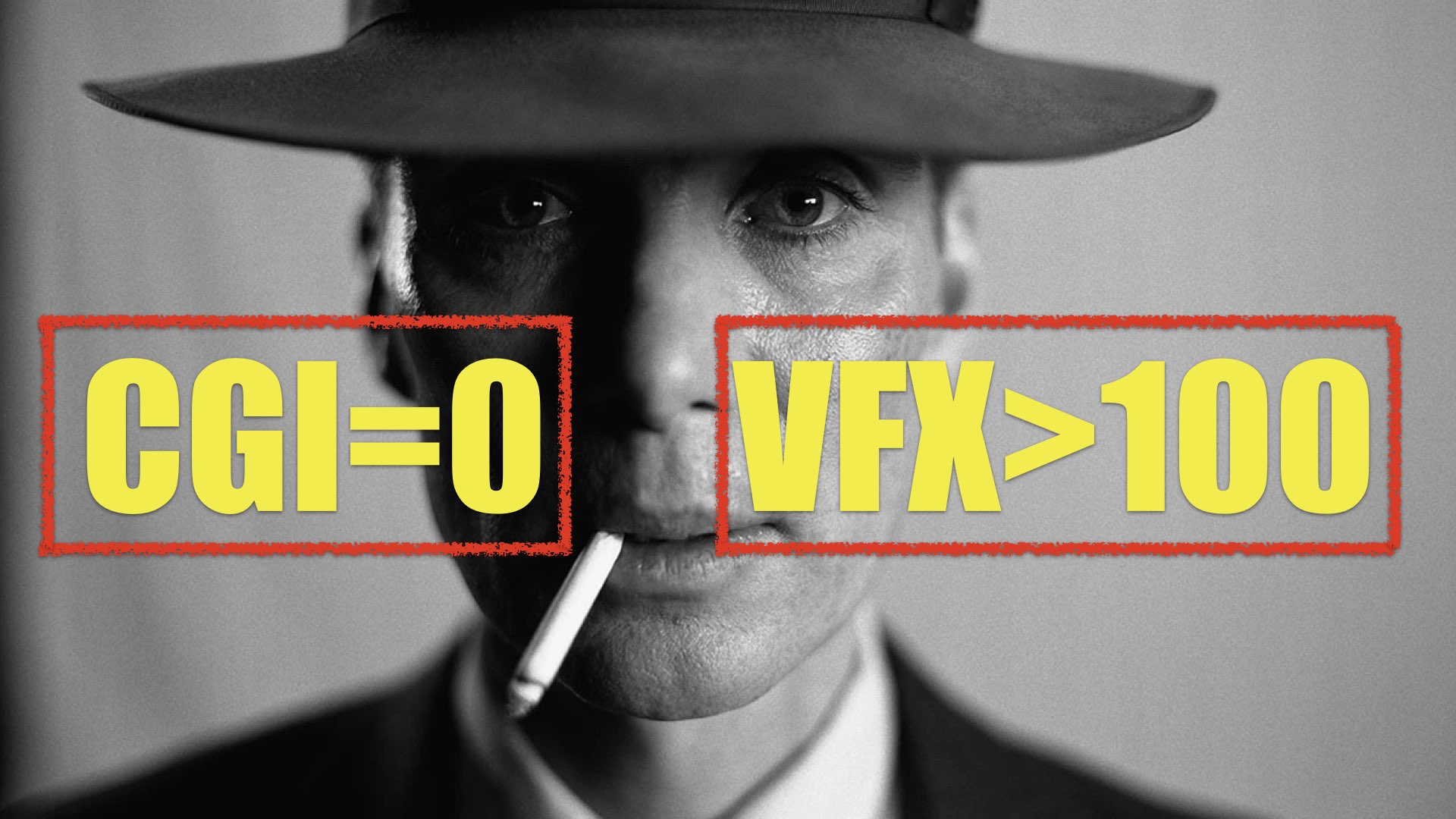
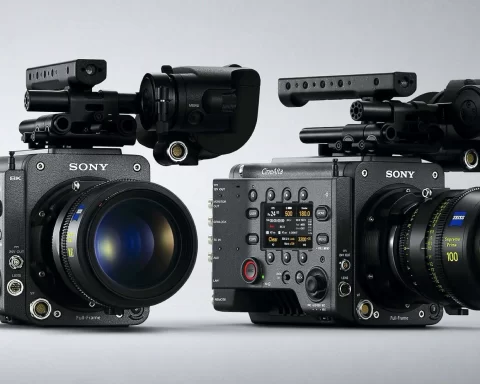
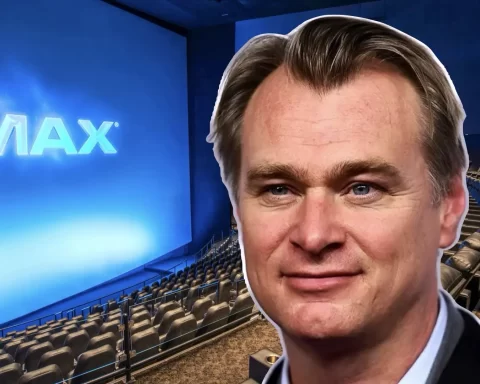
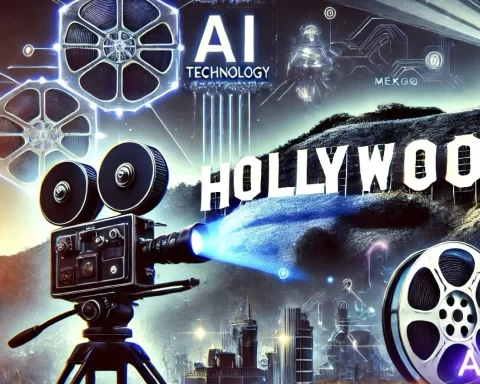
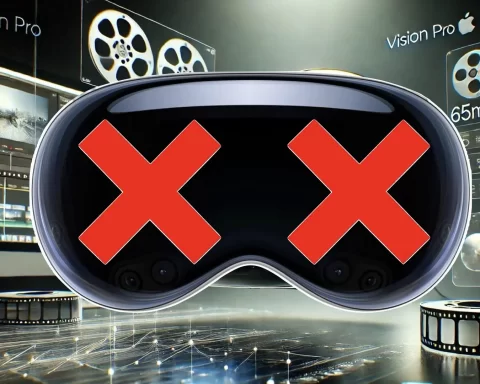
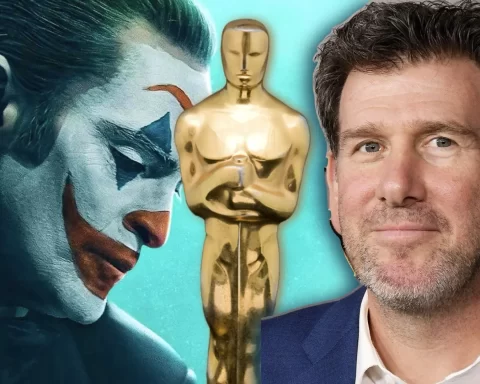
![First Ever Filmed for IMAX Ballet: Shot on RED V-Raptor XL [X]](https://ymcinema.com/wp-content/uploads/2024/10/First-Ever-Filmed-for-IMAX-Ballet-Shot-on-RED-V-Raptor-XL-X.001-480x384.webp)
